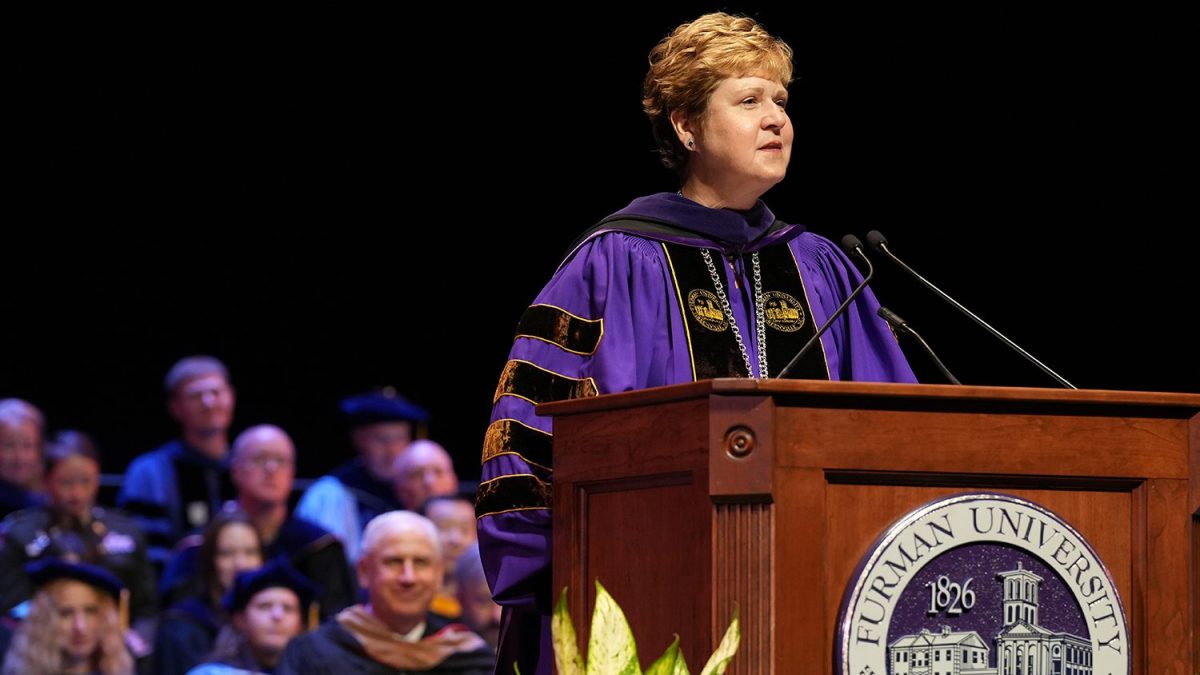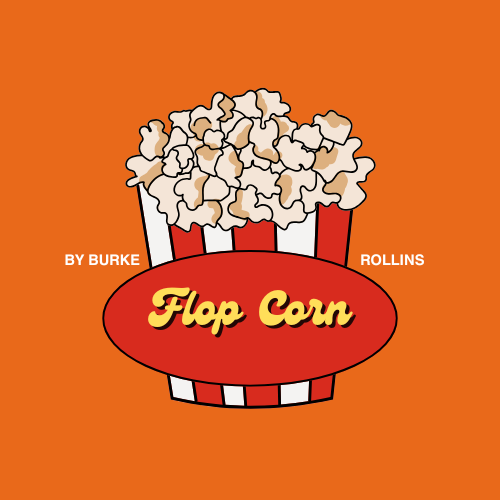For many, music theory is a foreign concept that explains “complex” levels of music. If you are a music student within academia, it’s either a joy or the bane of your existence. But for anyone who is not a white male, the music theory that is taught within the American education system is, essentially, racist.
Within the last week, a popular music theory YouTuber by the name of Adam Neely, former graduate student of Manhattan School of Music, posted a video titled “Music Theory and White Supremacy.” This topic is not brand new, but it caught the attention of many people in the college field.
Through this video, using many sources from well-renowned professors and musicians, Neely discussed how many music theory textbooks, including ones we use at Furman, only focus on the music of old white men that are generally Eurocentric. Now one may argue that America has its musical roots from Europe, so that’s why we study European music. Considering that this country was built off the backs of slaves and immigrants outside of Europe, that argument does not hold well at all. Furthering that idea even more, it is pretty bold to call a class or field of academia “Music Theory” and only study classical music by old, white, Eurocentric men.
One of Neely’s interviewees was Phil Ewell, Director of Graduate studies at Hunter College of the City University of New York. Through his presentation of “Music Theory’s White’s Racial Frame,” he mentions that the very foundation of university-level instruction is based on the teachings of Heinrich Schenker, an american music theorist. Despite Schenker’s ubiquity in academia, few acknowledge his comments regarding Black Americans, Japanese people, and people of mixed race. Ewell states in his presentation that Schenker wanted to “‘annihilate’ the Japanese ‘animals’,” and that “‘Race’ is good, ‘inbreeding’ of race, however, is murky.”
Despite these offensive remarks, Schenker has been revered as a foundation for theory of European music that was made by old white men. The musical concepts that we learn in theory can be found in other cultures and genres. Within my own music theory textbook, almost every single example of musical concepts comes from European Music that was made by old white men. The one exception that I have seen thus far was a reference to Ray Charles’ “Hit the Road Jack” to explain an element of bass line harmony. One piece from one African American artist cannot be regarded as the sole basis of diversity in music. In class, rather than being shown the piano layout of the Ray Charles piece, we got an example by Fauré, Pavane and a traditional Folk song called “Erie Canal.” While not European, the composer of Erie Canal was old, white and American. The creator of this textbook, Steven G. Laitz, had a clear opportunity to showcase a Black American composer, but chose to highlight only white men.
Every day we listen to music that contains chord progressions and stylistic choices that have been used since the beginning of recorded music. Many scholars and critics would claim that hip-hop and rap are not real music due to basic harmony and focused rhythmic structure. However, music students at Furman and other universities often start off learning Chant music with minimal harmony and repetitive rhythms. Who’s to say that a chant geared towards highlighting the Catholic Mass is more musical than a song praising God by Lecrae or Kendrick Lamar. By giving more focus to music in one area, academia has caused people who are not white to feel alienated and their cultures to be insulted. In addition, one cannot expect to feel that their music classes are welcoming when they only focus on one area of music from a certain group of people, old white men.
Music theory within American academia has set boundaries for what is considered respectable or real music. This has developed over hundreds of years and is not the fault of any one individual. However, now that we have the knowledge to challenge, critique and understand these issues, we must take the time and resources to incorporate other cultures and genres into our core music curriculum. Textbooks are a great starting place for being able to make changes. Additionally, courses or even sections of certain courses would be able to show the broad spectrum of music offered by people of diverse backgrounds.
This semester, the Furman Music Department has started the Council on Equity and Inclusion, which works towards representation for BIPOC/LGBTQ+ musicians and speakers. Furman decided they wanted to take the initiative to teach more wholistic music theory. Both historically and more recently, musicians have been diverse. The initiative serves to try to break the system within which we do not learn about diverse musicians. Admittedly, there is much work to be done, but this is a step in the right direction in creating a new path for the department and the collegiate music academia.









































